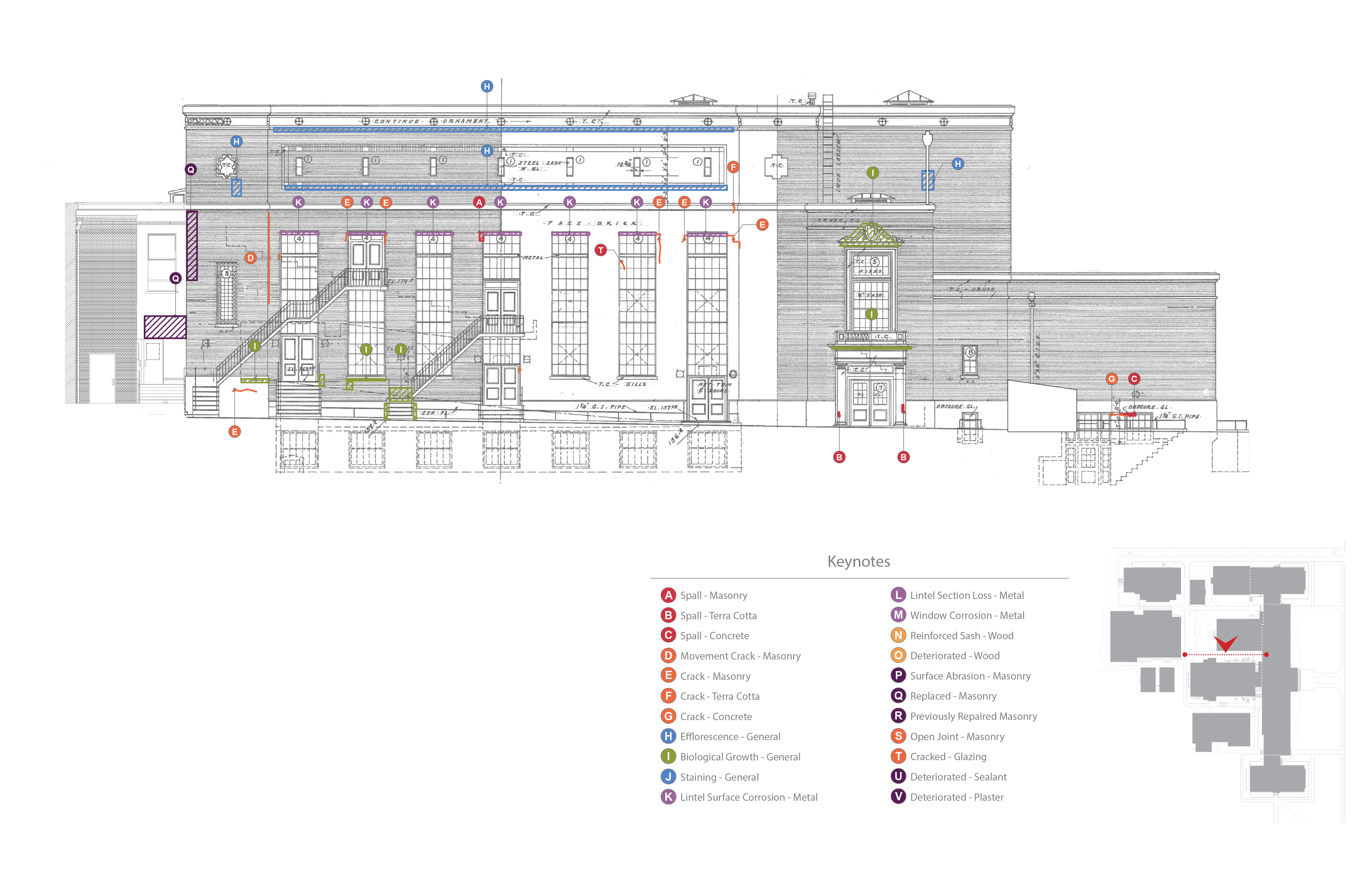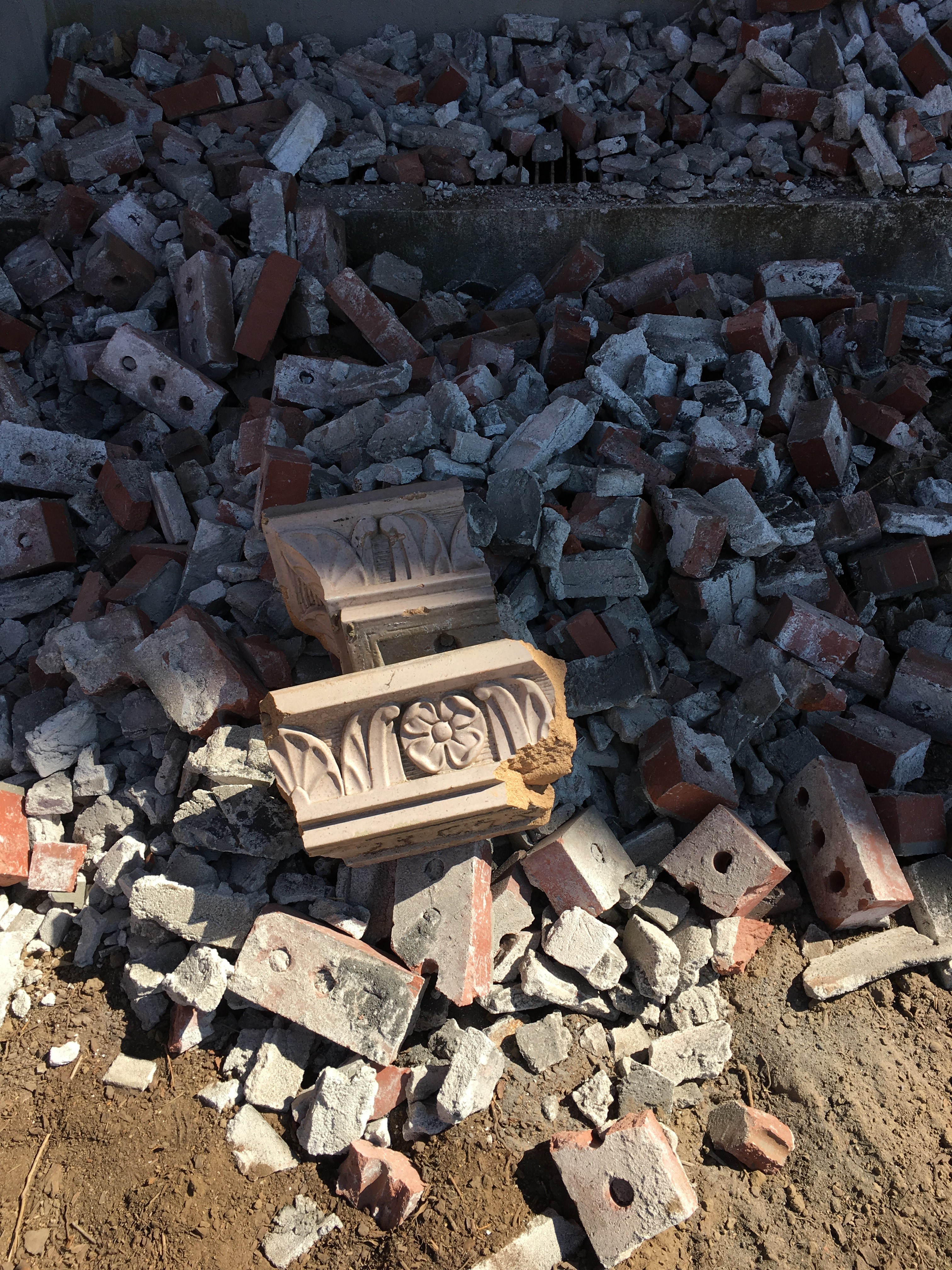Last month the Portland Chapter of RCI- a local chapter of the international association of professionals that specialize in the “specification and design of roofing, waterproofing and building envelope systems” (RCI PDX) hosted a two-day Education Symposium focused on Exterior Walls Quality Assurance & Building Envelope Presentations. The first day of the symposium was geared towards industry professionals “interested in performing observation to assure that exterior wall systems are installed in accordance with construction documents. The program covered diverse topics in the construction of exterior walls, and was intended for manufacturers, general contractors, quality assurance observers, and field inspectors.” (RCI PDX) While the second day was dedicated to Building Envelope Presentations. In addition to attending the first day of the symposium, Peter R. Meijer, AIA, NCARB, and Hali Knight presented on: When the Field Report of Masonry Does Not Correlate with Lab Results. Grant High School was the case study.

At the request of PPS, we provided a limited exterior condition assessment and interior historic evaluation of Grant High School. For the past 15+ years, Portland Public Schools (PPS) noted an accelerated degree of masonry face spalling on the original 1923 main building and 1923 Old Gym particularly when adjacent to concentrated sources of surface water. Other areas of spalling were not as obvious including protected wall surfaces. The masonry spalling was not occurring on later additions including the north wing (circa 1925), south wing (circa 1927), and auditorium building (circa 1927). Upon closer visual examination, it was observed that individual units were failing in isolated protected areas of the wall surface. Failures in such areas could not be accounted for under direct correlation of heavy water intrusion and typical failure mechanisms.
Before our assessment, it was hypothesized that the failure of the brick was potentially due to a number of separate or cumulative conditions including:
1) excessive water uptake by the brick;
2) sub-fluorescence expansion of salts in the masonry;
3) freeze thaw;
4) low quality of the original 1923 brick; and
5) the application of surface sealers preventing water migrating to the exterior surface.
As a result of the hypothesis and field observations, it was prudent to conduct a series of lab tests to the brick, mortar, and patch materials to assist in the determination of:
1) the quality of the brick;
2) the physical composition of the brick;
3) the quantity of naturally occurring compounds in the masonry and mortar, particularly salts; and
4) the quality of the mortar.

The findings would help narrow the potential cause of the spalling and lead to a more focused repair and maintenance process. To rule out damage caused by maintenance procedures, faces of the brick material were sent to determine if sealants were used on the brick and, if present, determine the sealant chemical makeup. The presence of a surface coating may lead to retention of water within the brick and thus prevent natural capillary flow, natural drying, and water evaporation.
TESTING AND RESULTS
Samples sent to the lab for coating assessment were analyzed via episcopic light microscopy, and Fourier- Transform Infrared Spectroscopy (FTIR) per ASTM D1245 and ASTM E1252. The results found no hydrocarbon or organic formulations used on the surface of the brick refuting the hypothesis of a surface sealer.
The Petrographic Characterization resulted in the most unusual findings and the most relevant results related to the observed failures. The polarized light microscope indicated carbonate based salt crystals seeping into the masonry from the mortar. No sulfate based salts, typically associated with the clays used for making brick, were present. Furthermore the inherent properties of the brick showed very small rounded voids and interconnected planer voids. Planner voids result from poor compaction during the raw clay extrusion process prior to firing.
The presence of salt migration out of the mortar and into the brick, plus small pore structure and low immersion values, combining with a cleavage plane resulting from manufacturing are contributing to the Grant High School brick spalls. Brick with smaller pores are less capable of absorbing the expansive forces of freezing water and drying salts. Interlaced pores creating linear plains parallel with the face of the brick create stress failure points resulting in surface spalling. Since the characteristics of the brick resulted from the firing and manufacturing process, the brick will remain susceptible to the failure mechanisms.
CONCLUSIONS
Field observations of masonry failures can lead to incorrect diagnosis of the source of the problem. It is critical to conduct advanced laboratory analysis of material composition in order to correctly deduce the known failure mechanisms. If the cause of the failure is from defective material or defective manufacturing, steps could be taken to slow the deterioration or eliminate the cause of the deterioration without compromising the original material.

Written by Peter Meijer, AIA, NCARB / Principal
